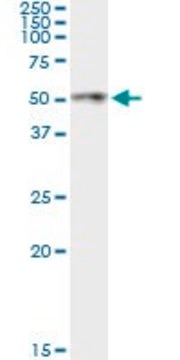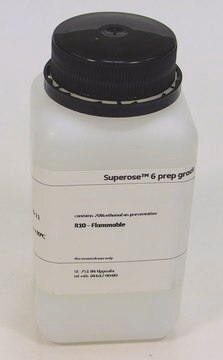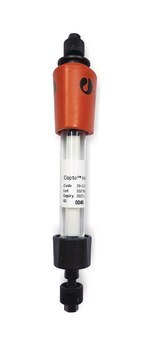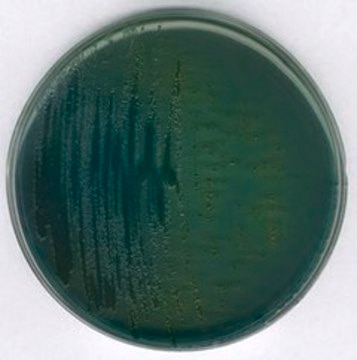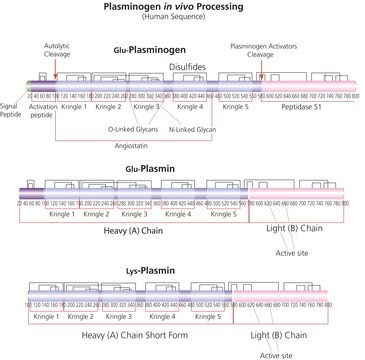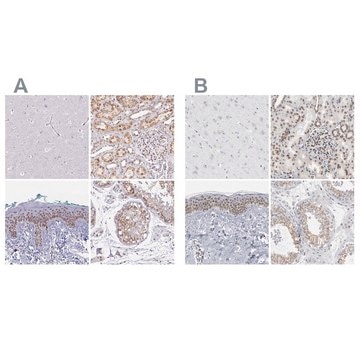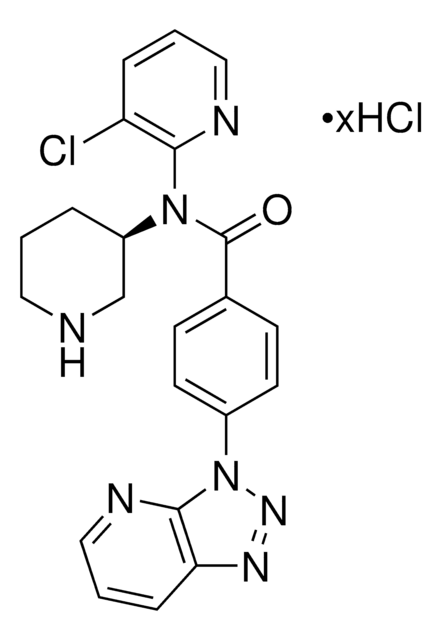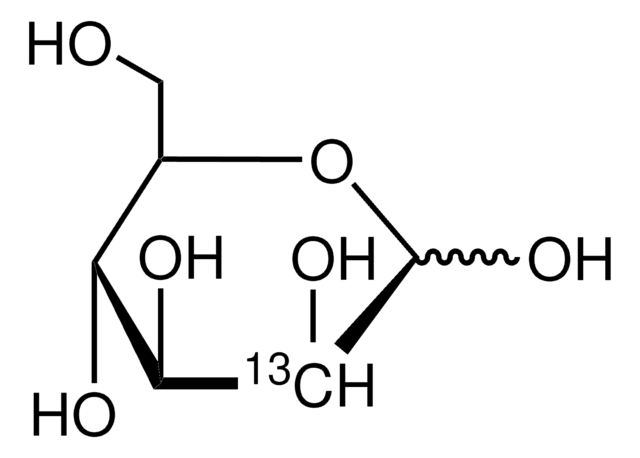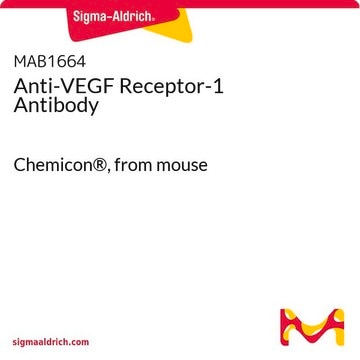AB10605
Anti-ANGPTL4 (MID) Antibody
clone ZMD.521, Chemicon®, from rabbit
Sign Into View Organizational & Contract Pricing
All Photos(1)
About This Item
UNSPSC Code:
12352203
eCl@ss:
32160702
NACRES:
NA.41
Recommended Products
biological source
rabbit
Quality Level
antibody form
affinity isolated antibody
antibody product type
primary antibodies
clone
ZMD.521, polyclonal
species reactivity
rat, mouse, human
manufacturer/tradename
Chemicon®
technique(s)
western blot: suitable
NCBI accession no.
UniProt accession no.
shipped in
dry ice
target post-translational modification
unmodified
Gene Information
human ... ANGPTL4(51129)
General description
ANGPTL4 (angiopoietin-like protein 4, hepatic fibrinogen/angiopoietin-related protein (HFARP), fasting-induced adipose factor (FIAF), PPARγ angiopoietin-related protein (PGAR)) is a secreted protein selectively expressed in adipose tissue, liver, and placent, that plays a variety of roles in vivo, ranging from adipogenesis to angiogenesis to carcinogenesis. Several transcription factors exert influence on ANGPTL4 transcription, including PPARα, PPARγ, and HIF 1α. PPARα and HIF 1α synergistically cause the activation of ANGPTL4 in cardiomyocytes; induction of ANGPTL4 in the heart inhibits lipoprotein-derived fatty acid delivery. As a transcriptional target of PPARγ, ANGPTL4 has been hypothesized to play a role in adipogenesis, insulin sensitivity, and energy metabolism. The expression of ANGPTL4 is also under nutritional and hormonal control. During fasting conditions, transcription of ANGPTL4 in both liver and adipose tissue is induced independently of PPARα1 While circulating levels of ANGPTL4 are increased in genetically obese mice, rodents fed a highfat diet demonstrate reduced circulating ANGPTL4 levels, suggesting that ANGPTL4 may be involved in response to the availability of nutrients. In endothelial cells, ANGPTL4 mRNA and protein levels increase in response to hypoxia. ANGPTL4 has been observed to induce a strong pro-angiogenic response independent of vascular endothelial growth factor (VEGF), and its expression has been described in hypoxic human tissues as well as a variety of cancers, including liposarcoma, hepatocellular carcinoma, and conventional renal cell carcinoma. Taken together, these findings suggest that ANGPTL4 may be involved in the mechanisms that compensate for ischemia by angiogenesis.
Specificity
Positive controls: HepG2 and NGP96 cell lysates, mouse placenta and rat liver homogenates, serum-stimulated mouse 3T3-L1 embryo fibroblast lysates, and 2 week-old mouse brain homogenates
Recognizes ANGPTL4 (MID).
Immunogen
Synthetic peptide derived from an internal region of the human ANGTPL4 protein, which differs from rat and mouse by one and two conservative amino acid replacements, respectively.
Application
Anti-ANGPTL4 (MID) Antibody is an antibody against ANGPTL4 (MID) for use in WB.
Research Category
Signaling
Signaling
Research Sub Category
Growth Factors & Receptors
Growth Factors & Receptors
Western Blotting: 1-3 μg/mL
Physical form
400 μL aliquot at a concentration of 0.25 mg/mL in phosphate buffered saline (pH 7.4) containing 0.1% sodium azide.
Format: Purified
ImmunoAffinity Purified
Storage and Stability
Maintain at -20°C in undiluted aliquots for up to 12 months. Avoid repeated freeze/thaw cycles.
Legal Information
CHEMICON is a registered trademark of Merck KGaA, Darmstadt, Germany
Disclaimer
Unless otherwise stated in our catalog or other company documentation accompanying the product(s), our products are intended for research use only and are not to be used for any other purpose, which includes but is not limited to, unauthorized commercial uses, in vitro diagnostic uses, ex vivo or in vivo therapeutic uses or any type of consumption or application to humans or animals.
Not finding the right product?
Try our Product Selector Tool.
wgk_germany
WGK 2
flash_point_f
Not applicable
flash_point_c
Not applicable
Certificates of Analysis (COA)
Search for Certificates of Analysis (COA) by entering the products Lot/Batch Number. Lot and Batch Numbers can be found on a product’s label following the words ‘Lot’ or ‘Batch’.
Already Own This Product?
Find documentation for the products that you have recently purchased in the Document Library.
S Kersten et al.
The Journal of biological chemistry, 275(37), 28488-28493 (2000-06-23)
Fasting is associated with significant changes in nutrient metabolism, many of which are governed by transcription factors that regulate the expression of rate-limiting enzymes. One factor that plays an important role in the metabolic response to fasting is the peroxisome
H Hennemann et al.
The Journal of cell biology, 117(6), 1299-1310 (1992-06-01)
From a mouse genomic library, a clone has been isolated that codes for a connexin-homologous sequence of 358 amino acids. Because of its theoretical molecular mass of 40.418 kD it is named connexin40 (Cx40). Based on both protein and nucleotide
Our team of scientists has experience in all areas of research including Life Science, Material Science, Chemical Synthesis, Chromatography, Analytical and many others.
Contact Technical Service